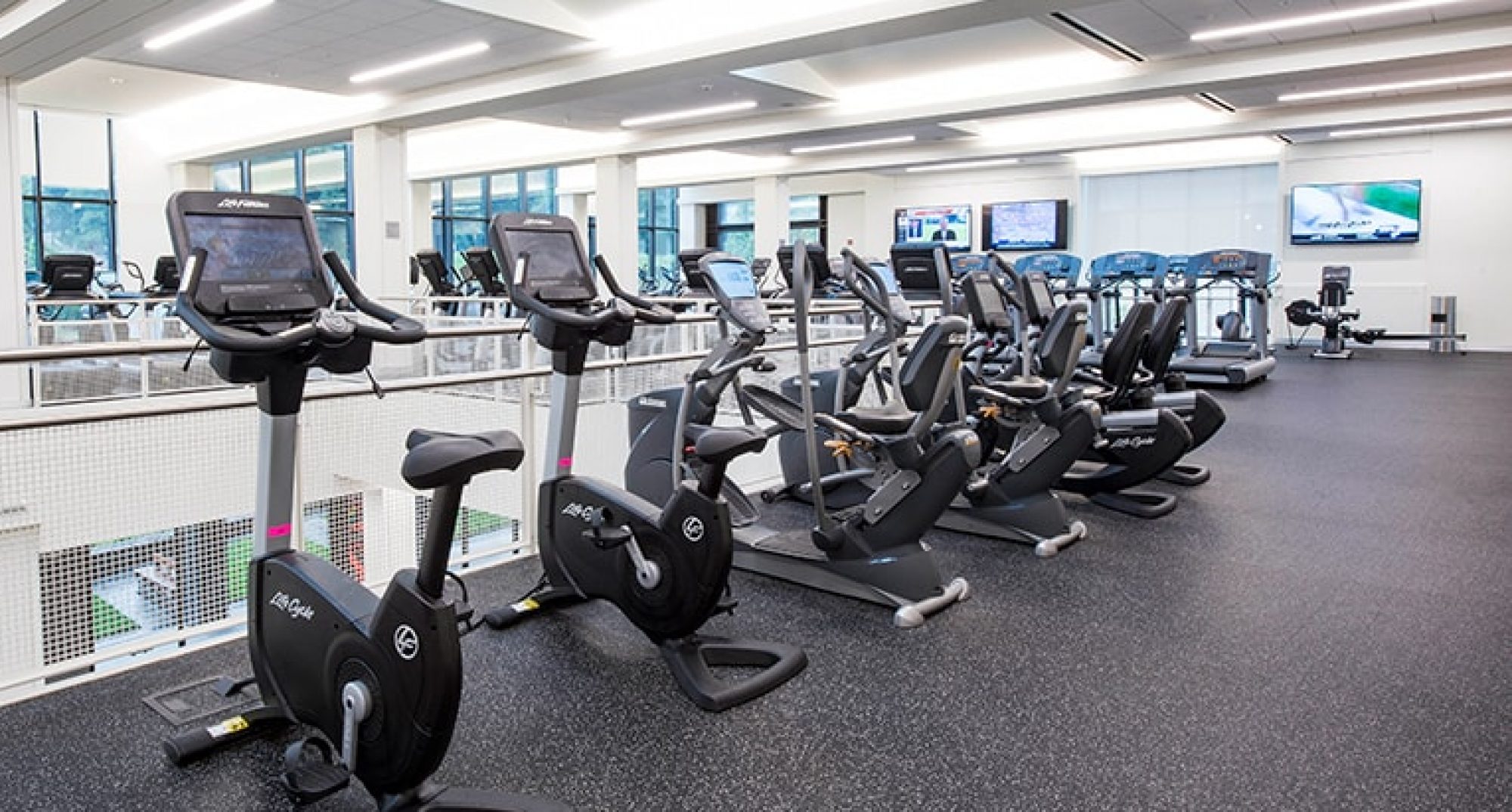For these past two weeks I have been working mostly on the physical components of the senor module. Parting from the last status report, I was able to develop a mobile and compact version of our sensor module. Following the wiring diagram from my last report, I proceeded to solder and glue everything together forming the following module pictured below:




Afterwards, in collaboration with Nat, I uploaded the modified script for the NodeMcu with the web-app integration and successfully produced 4 fully functioning modules with web-app occupancy capabilities:

Next, I shifted my focus on creating a 3D printed enacisng prototype for the modules using Solidworks and the Ender printers at the Techspark facilities. I created one unsuccessful one and proceeded to refine it to create a second more acceptable prototype pictured below:









While I waited for the fabrication of the prototype case to be completed I tested out the modules in the UC Gym and ran a couple trials to determine what parameters needed to be adjusted. The treadmill trials were a success since I was capable of detecting proper occupancy readings with 10 one-minute stand-in trials, 10 separate pass by’s behind the treadmills mimicking people walking by, 10 separate stand-ins outside the detection range in terms length, and 10 other stand-ins to the side of the machine. All of them worked successfully in terms of the hardware, meaning that the built-in LED of the NodeMcu (our physical indicator) lit up successfully every time.
When it came to the bikes, things did not run as smoothly. First off I had a lot of trouble finding a good mounting position. I was able to improvise a rather crude setup and proceeded to run the same tests I did for the treadmill. The main set that failed was the passer-by trials since the detection range was configured to the treadmills and therefore too long, meaning that the ADC reading boundary needs to be adjusted to fit the length of the bikes. All other trials were successful.
Nonetheless, there are some some significant concerns related to the mounting position of our modules on the gym equipment. The testing took place with a sensor module in a non-fixed position. This is a concern in the case of the treadmill because if some user were to incline the treadmill to the max or use the max speeds of the treadmill causing lots of vibration, the sensor module might slip and fall. In addition, the location in which it was placed is directly in front of a hole were gym user’s belongings can be placed, objects that if placed there would effectively obstruct the sensor module. As a result other mounting positions were considered but have proved to be challenging due to the flush design of the dashboard. On top of this, the bikes dashboards have awkward angles that made the testing of our modules quite difficult.
During this testing I realized that my encasing is not ideal and that perhaps a possible implementation with the sensor connected through wires but separated from the battery pack and the NodeMcu might be ideal. The ideal solution would require tampering with the machine dashboards and potentially drilling holes to add and safely secure the mounts for the modules. Nonetheless this is obviously not allowed. Thus, this might prove to be a setback and a potential impediment in our implementation plan.
Following the gym trials, I tested the module for power consumption more formally than last time since now the Wi-Fi capabilities of the NodeMcu were active. I measured that the sensor draws roughly 21mA. Nonetheless the NodeMcu readings were a bit inconclusive. During setup, the NodeMcu draws roughly 80mA but then drops down to roughly 26mA. However it jumps frequently to 80mA and back to the 20s range. This does not affect our 16.5 hour requirement but it does make calculating the precise consumption a bit hard. Thus, I believe we will use worst case consumption estimates to provide the overall battery life
In addition, other occupancy testing was done in a more controlled environment to see the full integration. These worked successfully for the most part with certain hiccups pertaining the back-end software implementation.
So, further analysis and refinements need to be made in terms of powere consumption and the software/sensor back-end before the final report and demo. Thus for next week I plan on preforming more testing on the modules for power and integration as well as and solving the issue of mounting the module on the gym equipment as best I can. The mounting issue threw me a bit off schedule, yet when it comes to the system as a whole, I would say that portion went according to plan.




















